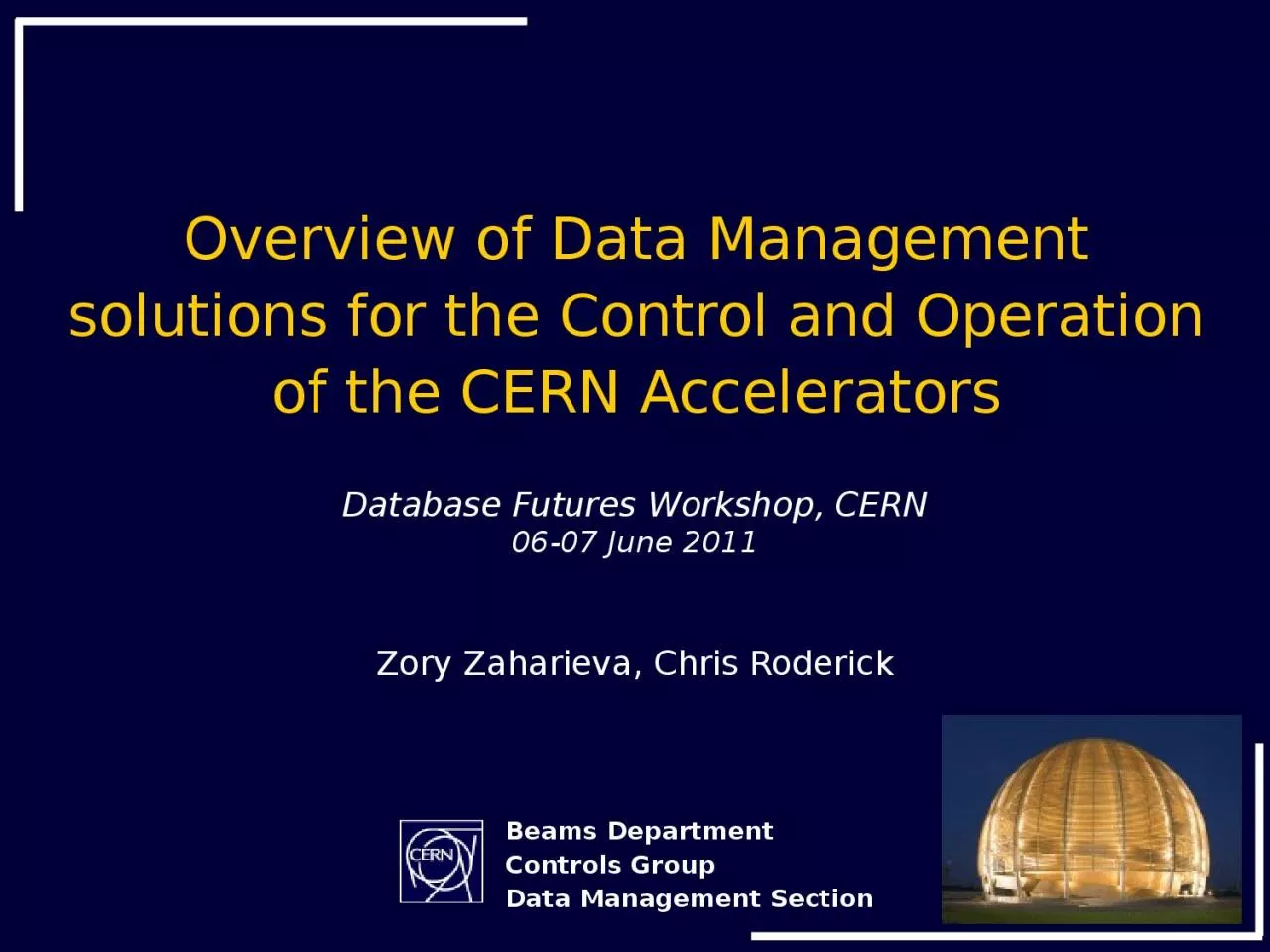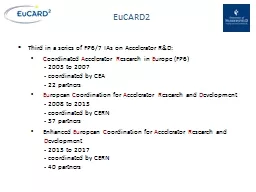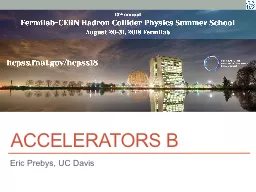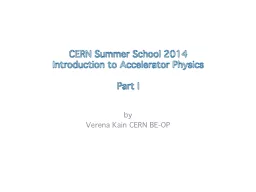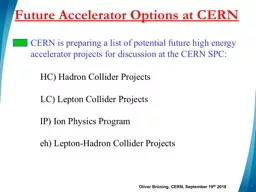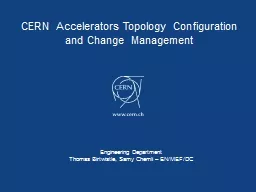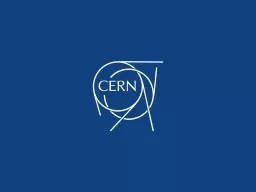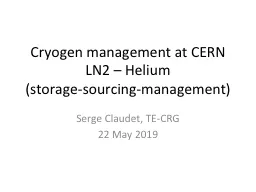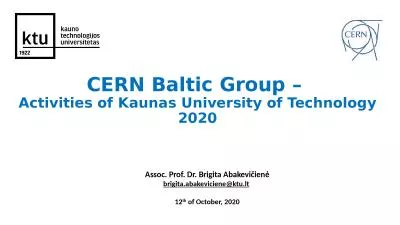PPT-Overview of Data Management solutions for the Control and Operation of the CERN Accelerators
Author : hailey | Published Date : 2024-01-03
Database Futures Workshop CERN 0607 June 2011 Zory Zaharieva Chris Roderick Beams Department Controls Group Data Management Section Outline Overview of the main
Presentation Embed Code
Download Presentation
Download Presentation The PPT/PDF document "Overview of Data Management solutions fo..." is the property of its rightful owner. Permission is granted to download and print the materials on this website for personal, non-commercial use only, and to display it on your personal computer provided you do not modify the materials and that you retain all copyright notices contained in the materials. By downloading content from our website, you accept the terms of this agreement.
Overview of Data Management solutions for the Control and Operation of the CERN Accelerators: Transcript
Download Rules Of Document
"Overview of Data Management solutions for the Control and Operation of the CERN Accelerators"The content belongs to its owner. You may download and print it for personal use, without modification, and keep all copyright notices. By downloading, you agree to these terms.
Related Documents

